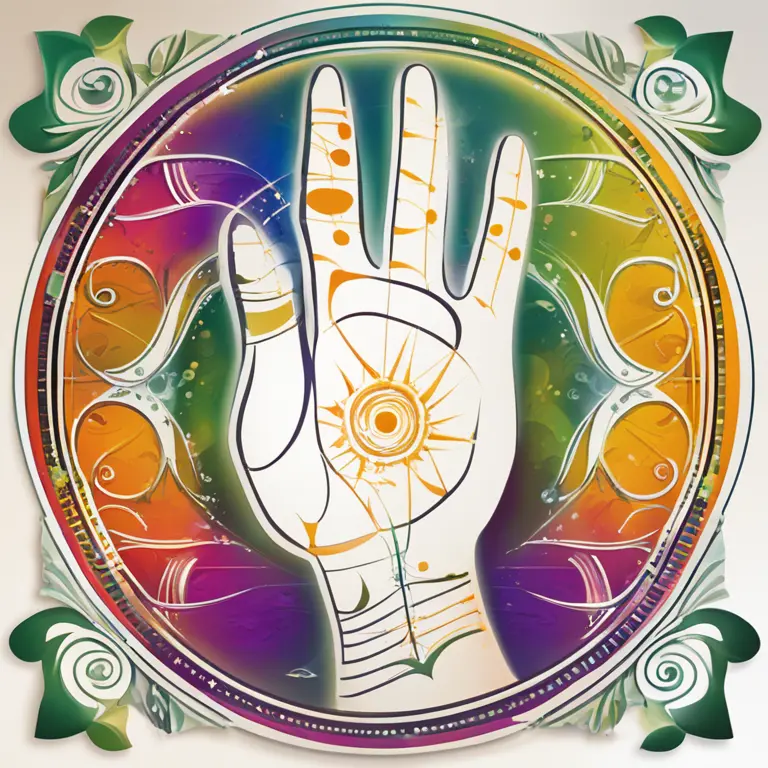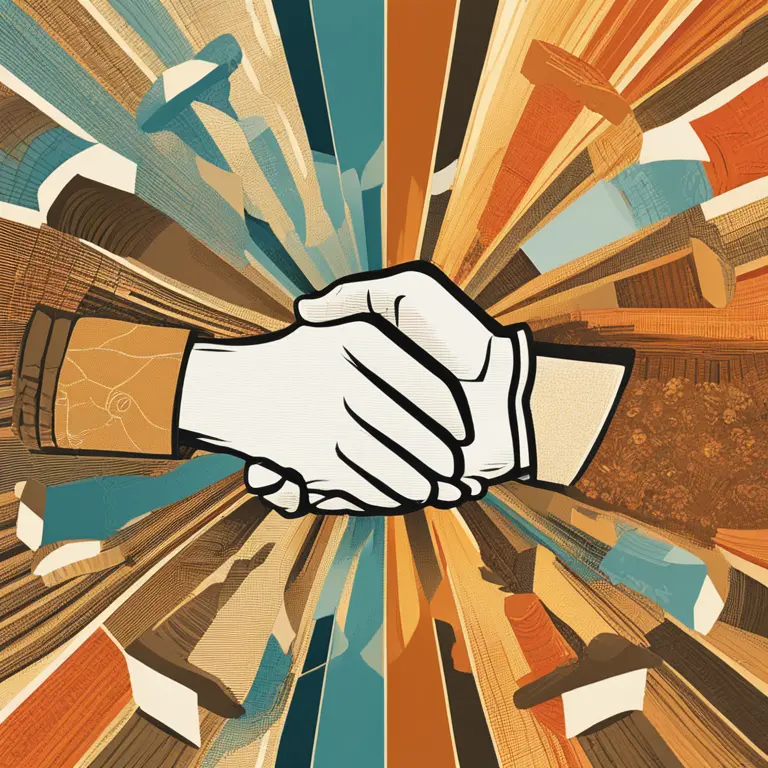
Which Palm to Read: A Guide for Palmistry Enthusiasts
Delve into the intriguing world of palm reading and learn which hand holds the key to your personality and future.
article by Nora Pennington
Introduction to Palmistry
Palmistry, or chiromancy, is a practice rooted in ancient history, serving as a window into an individual's personality and potential future events. It involves the study of the palm's lines, shapes, and sizes to foretell one's fortunes. As we enter 2024, palmistry continues to fascinate those seeking insight into their lives, but one question often arises: which palm should you read? In this article, we'll explore the traditional guidelines and the latest perspectives on which hand can unlock the secrets inscribed in your palms.

Right Hand or Left Hand?
Traditionally, palmists consider the left hand to be the one we are born with, representing our potential and the traits we inherit. Conversely, the right hand is viewed as the one we've made, reflecting our achievements, actions, and the impact of our environment. There's a consensus that for right-handed individuals, the right hand shows the developed personality, alongside the left hand that exposes innate tendencies. For left-handed people, this interpretation is typically reversed, encouraging them to prioritize their dominant hand regarding life events and character evolution.

Modern Palmistry Perspectives
Modern palmists often emphasize a more dynamic approach, suggesting that both hands should be examined for a holistic understanding. Some argue that the non-dominant hand contains untapped potential or hidden aspects of one's personality. Recent interpretations even suggest that the lines on our hands can change over time, symbolizing personal growth and transformation. Thus, comparing both hands can provide a more nuanced view of a person's journey and the milestones that have shaped their character.

Gender Considerations in Palm Reading
A few palmistry schools also offer advice based on gender. It was common in some traditions to associate the right hand with men and the left hand with women, irrespective of their dominant hand. However, this perspective is increasingly seen as outdated, and modern practitioners advocate for a gender-neutral approach, focusing instead on hand dominance and individual circumstances to guide their readings.
Special Cases in Palm Analysis
Palm reading is not a one-size-fits-all art; anomalies such as ambidextrous individuals or those with significant differences between their hands are treated specially. Ambidextrous people may find that both their hands share similarities in line patterns, suggesting a balanced personality. On the other hand, discrepancies between palms might indicate life-altering events or internal conflicts that merit attention and a deeper exploration to understand their significance.
The Influence of Life Phases
With the advent of digital palm reading and advancements in handheld scanning technology, some practitioners suggest revisiting palm readings at different life stages. As we grow, new experiences can leave their marks on our hands, providing a living diary of our personal evolution. Therefore, what you read in your youth may differ from the insights gained in later years, adding a dynamic element to the art of palmistry.
Conclusion: Trusting Your Intuition
Ultimately, the hand you choose to read might also depend on your intuition. Whether you're consulting a professional palm reader or exploring palmistry on your own, trust in the process and consider what resonates with you personally. Your inner guidance might just lead you to the revelations you seek. Remember, palmistry is a personal journey—one that invites you to explore the narrative of your life etched in the very lines of your hands.
Published: 1/11/2024
Modified: 1/12/2024
More predictions
Come back here soon to learn more about yourself and your future


Can We Trust Palmistry?
Delving into the realm of palmistry, this article examines its credibility and place in contemporary spiritual practices.


Can Palmistry Predict Your Path Incorrectly?
Delving into the accuracy of palm readings, this article examines whether palmistry can lead to incorrect predictions about one's life and destiny.


The Possibility of Palmistry in Cancer Detection
Examining the claims that palmistry holds any potential in identifying the risk of cancer: a deep dive into the world of mysticism and medicine.